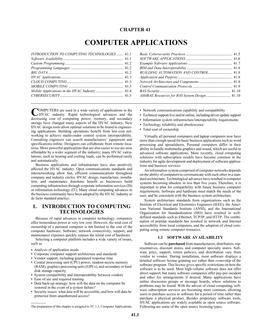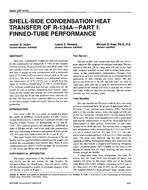In the early 1970s, one-third of the energy consumed in the United States was used to heat and cool buildings and to provide illumination, water heating, and other building services. Shortages of fuel oil, gas, and electricity were quite prevalent on a localized basis in the winter of 1972-73. Temporary closing of schools, shutdowns of industry and government facilities during spells of severe weather, and electrical brownouts created strong demands in several states for regulations that would provide for equitable distribution of available supplies during periods of shortage. Responding to these demands in the spring of 1973, the National Conference of States on Building Codes and Standards (NCSBCS) requested the National Bureau of Standards (NBS, now the National Institute of Standards and Technology, NIST) to develop a set of design and evaluation guidelines for energy conservation in buildings that could be used as an interim standard by the states while the guidelines were further developed into a national consensus standard. These requirements were to be nationally applicable and effective for new buildings of all types. NBS drew upon its long-term research expertise in the prediction and measurement of building thermal performance and lighting to formulate a technically and economically effective approach to the design of new energy-conserving buildings. In February 1974, shortly after the oil embargo, NBSIR 74-452, Design and Evaluation Criteria for Energy Conservation in New Buildings, was available for use. Work to develop this document was solely supported by NBS internal funds. The NBS energy document was used by ASHRAE as the basis for development of the first in its 90 series of standards.
Citation: Symposium, ASHRAE Transactions, vol. 107, pt. 2
Product Details
- Published:
- 2001
- Number of Pages:
- 12
- File Size:
- 1 file , 4.3 MB
- Product Code(s):
- D-7072


